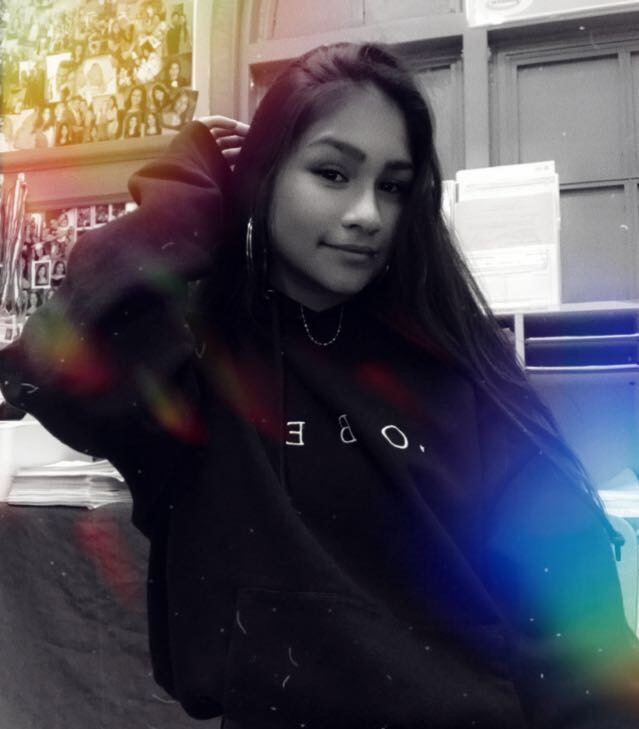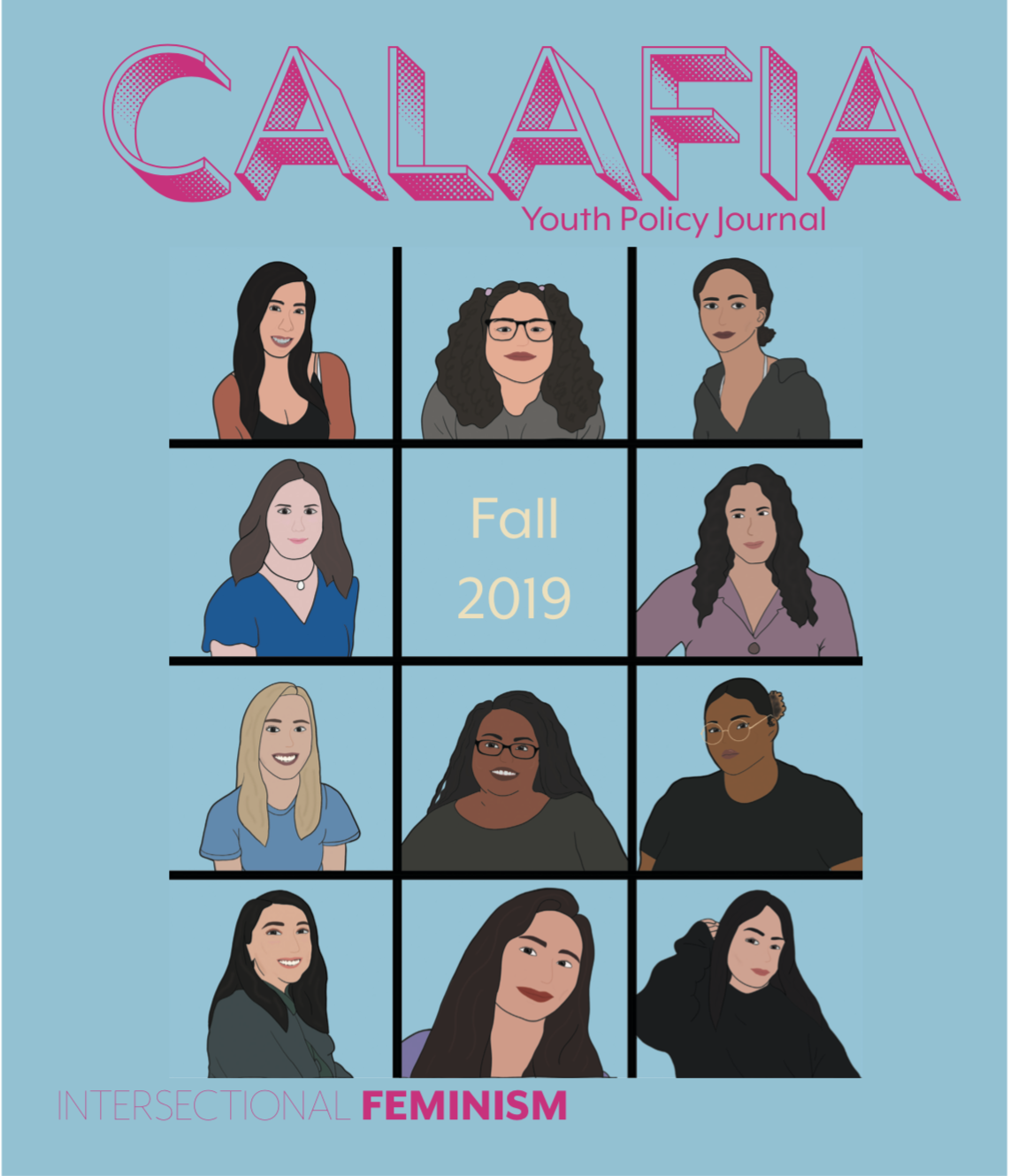Seven young women from across California engaged in yli’s Calafia fellowship last year to produce a magazine centering Intersectional Feminism. In this article, Nayeli Veloz reflects on her experience as a Calafia fellow.

Being a fellow in Calafia’s program was a good experience and a good way to build skills. I learned how to interview someone and what right questions to ask. For example, I was assigned to come up with five questions to ask the interviewee, while having a separate notebook to write details down, and follow up on the extra details that were given. Another example is having a recording of it, or if it was sent by email, highlighting a specific quote that was said by the interviewer.
The first part of the Calafia process was having youth meetings online with the other writers across the state and finding topics that we all agreed on covering. We also had to work with each other to get to know each other better. We would start with a fun icebreaker to get the meeting started then we would start talking about how we want this magazine to look and what information we want in this magazine. Then, we would all vote on the idea that we liked and lean on that.
This past year we chose a topic that we all agreed on, making sure that it was not offensive or negative but something we were really passionate about and that everyone should know about.
I chose to interview my former teacher, Ms. Jen Bowman, at Mission High School who taught US History. She taught me information that was not in the textbook while also teaching queer history. She highlighted issues that happened years ago and that still haven’t been solved, such as issues of people of color, who continue to be racially profiled by police and how LGBTQ people continue fighting to be accepted.
Out of this program, there were improvements in my writing skills, knowing what details to pick, asking the right questions, and creating a Google slide of the person we interviewed. I also learned how to put together writing pieces such as short stories and interviews. I learned new ways to write about the main ideas on the topics we were researching, and what to keep out, such as repeated ideas or details. I also learned communication skills such as a back and forth conversation, active listening and learning how to summarize what people share. Another skill I learned is giving feedback in a positive way and making sure to be clear and share it in a way where the person can improve, rather than using judgement to give feedback.
A challenge for me was that we had to do this by ourselves. Most people had a professional industry writing mentor that was helping them but I had to work on it alone because our team couldn’t find any mentors in San Francisco. The way I overcame this was reaching out for help to the Calafia lead program coordinator and editor, Michael Lozano, who gave me the help I needed to continue with this fellowship and not get behind.
What I hope that readers get out of this magazine is knowing the importance and realities of how things are as a teenager and that issues happening now will matter in the future. I also hope that readers understand that teenagers notice what is happening around us. We know the information we need is not given to us because older people decide on what to feed us as information. We have to advocate for our ourselves so our voices can be heard.
It’s important to read our magazine because, back in the day, people had less access to information. People decide what information is good or not. It’s important for people to know the history we are fighting for because, back then, people did not pay enough attention to it. The information that’s needed and being created today is not in the textbooks. Worse, the government wants to give us false information that supposedly one race is superior than the other and want to discriminate against people for being different. People reading this magazine will also hopefully see a different point of view, of how us teenagers really do notice and care about the issues in our world.

